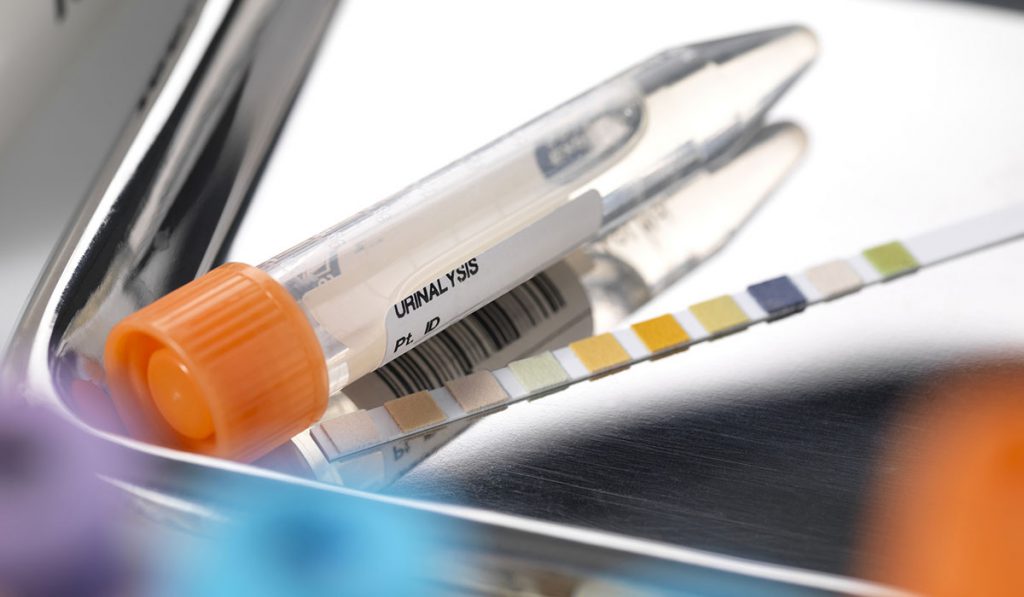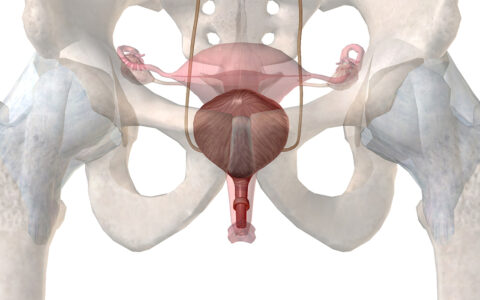Prospective use of urodynamics can be critical for identifying bladder characteristics that inform treatment of patients with spina bifida and those at-risk for kidney disease and upper tract changes. As urodynamic studies are often used to guide medical and surgical treatment, inter-rater reliability and ensuring data quality are especially important.
Research showing the variability of urodynamic interpretation underscores the importance of developing reliable, universal methods of interpretation. A multi-institutional study published in The Journal of Urology in May 2018 expanded on a pilot study that had also shown urodynamic interpretation to be variable.
“We realized that within our own group, there was a wide discrepancy in how these studies were interpreted,” said John Pope IV, M.D., professor of urologic surgery in Vanderbilt University Medical Center’s Division of Pediatric Urologic Surgery. “We wanted to find a way to standardize our interpretation and streamline our treatment protocols.”
Identifying Areas of Variability
In the study published in May 2018, a group led by Vanderbilt researchers developed an anonymous electronic survey that contained 20 scenarios, including a patient history, one urodynamic tracing and fluoroscopic imagery. A total of 14 pediatric urologists at seven institutions completed the survey.
The earlier pilot study had found that urodynamics were interpreted with just moderate agreement, with detrusor overactivity and assessment of urethral sphincter EMG activity especially being highly variable.
The expanded study once again pointed to evaluation of the presence of detrusor overactivity and the assessment of EMG activity as particularly variable. “These results led us to focus on each definable component of the urodynamic study. We wanted to see which components were more consistently directing treatment and which seemed to have less correlation with the patient’s condition,” Pope said.
Substantial agreement was shown in the study for fluoroscopic bladder shape. Moderate agreement was seen for bladder capacity, end filling detrusor pressure, and assessment of bladder safety.
DevelopIng a Guide for Global Use
“We hope the next phase of this work will help us better define how we use urodynamic studies in the overall scenario of clinical care and streamline the study of bladder dysfunction in the future.”
The end goal of the research, Pope says, is the development of a single interpretation guide for global use. The International Children’s Continence Society has previously defined standardized urodynamic practices and terminology, but the interpretation and application of those standards is lacking in investigation.
The Vanderbilt-led research identified several needs to address, including the absence of a minimum pressure amplitude in the definition of detrusor overactivity. The group identified the need for development of more sophisticated analysis tools, placing importance on the ability to mathematically represent the urodynamic curve shape to better track pressure volume. The incorporation of computer learning and mathematical algorithms to communicate change over time and across studies was also recognized as an important step toward standardization.
“This work has significantly raised awareness in the urology community to the variability present when interpreting urodynamic studies and to the great need for possible changes in study parameters,” Pope said. “We hope the next phase of this work will help us better define how we use urodynamic studies in the overall scenario of clinical care and streamline the study of bladder dysfunction in the future.”





